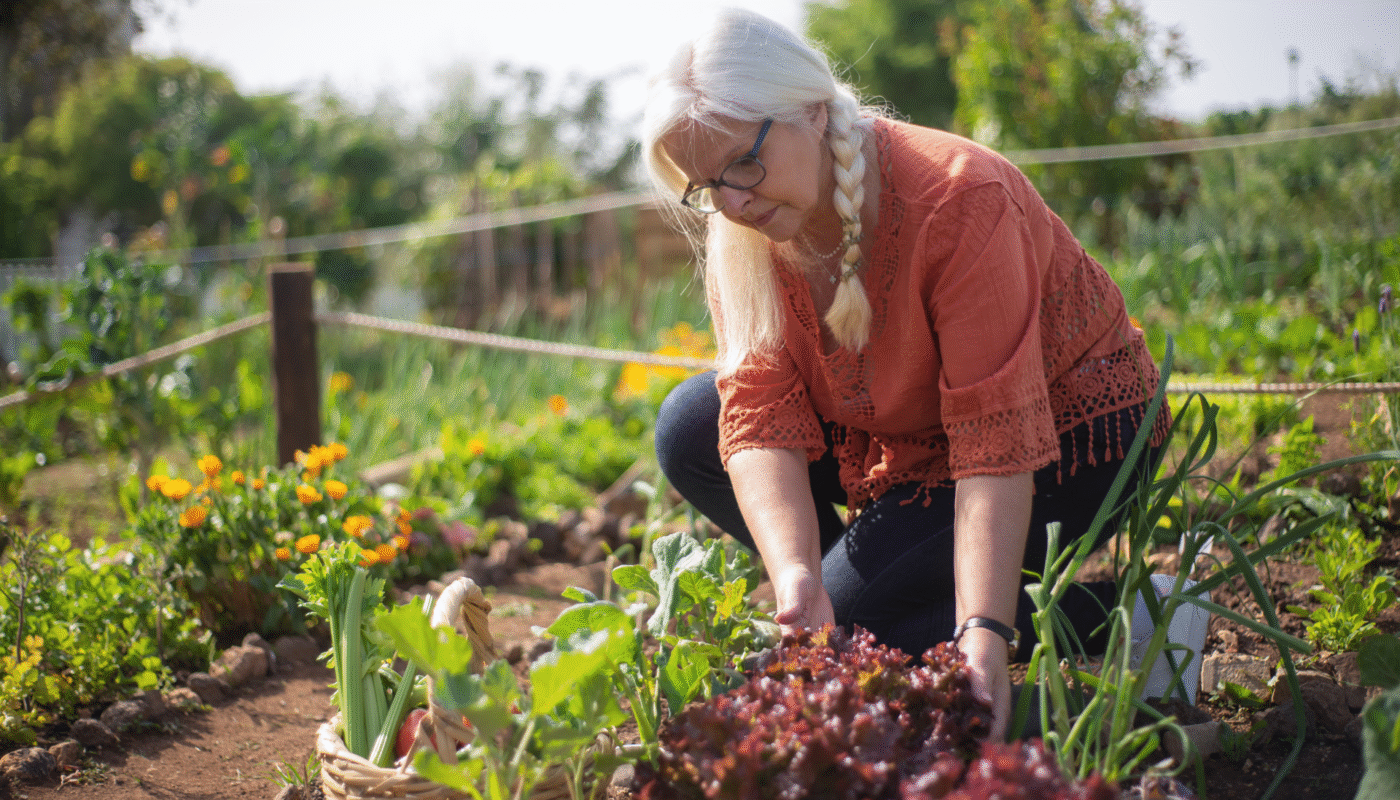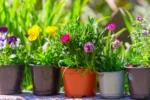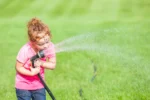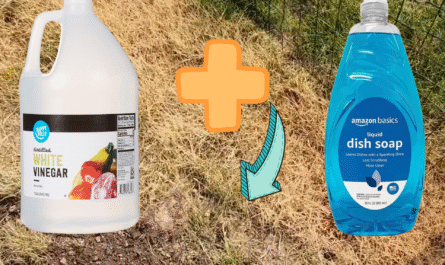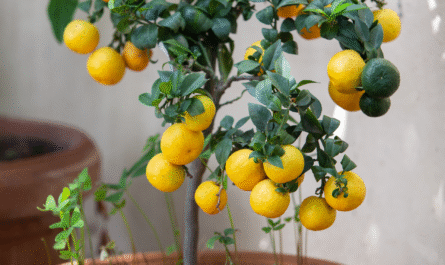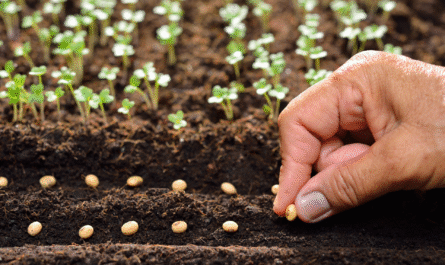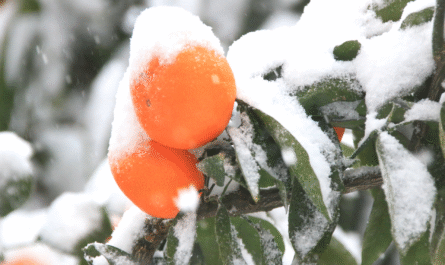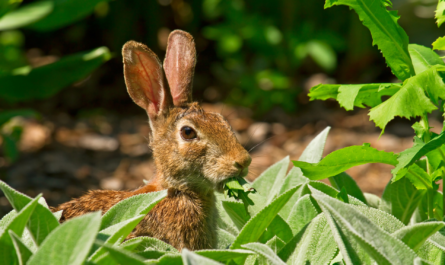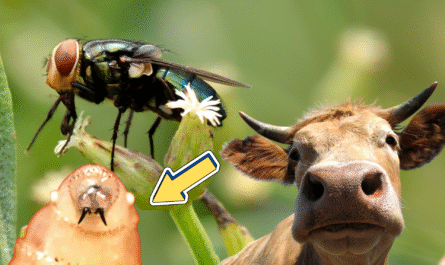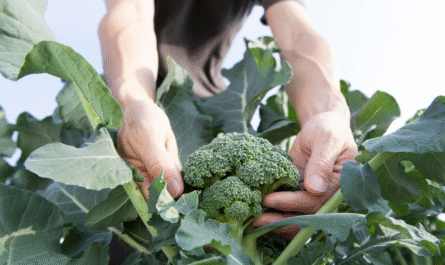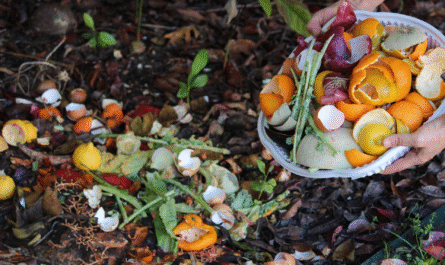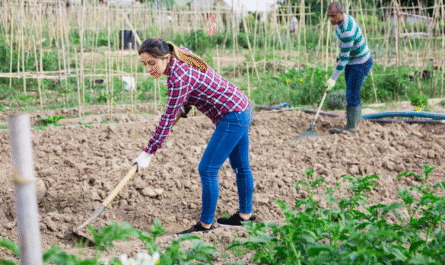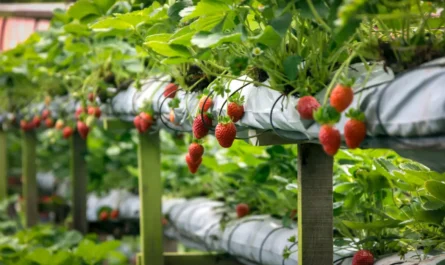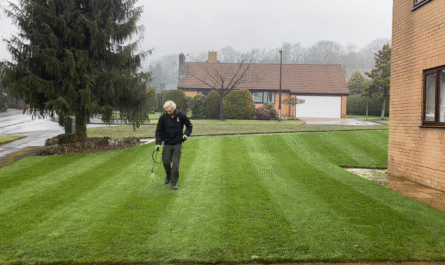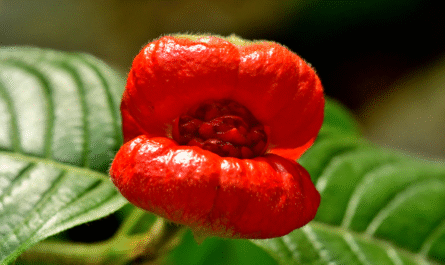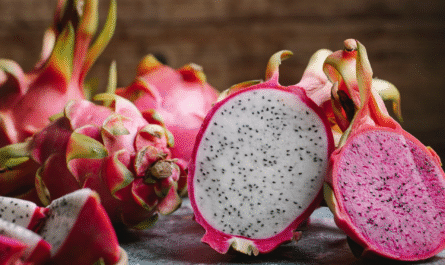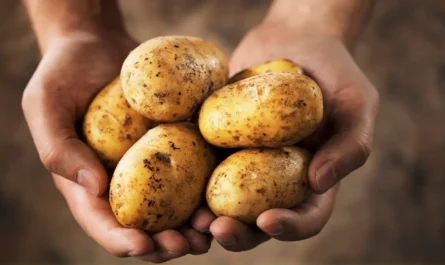Gardening for beginners can feel overwhelming, but it doesn’t have to be. Whether you’re interested in gardening for beginners at home or learning how to start a garden from scratch, this guide covers everything you need.
With practical advice, a simple step-by-step setup, and 15 beginner-friendly tips, you’ll be growing your first vegetables, flowers, or herbs with confidence. This beginner’s guide to home gardening is your key to a thriving green space.
Basics for Growing a Vegetable Garden for Beginners
Before you touch a seed or buy tools, understand the basics of gardening. For beginners, this means knowing what plants need to grow: sunlight, good soil, water, and care. Gardening is essentially managing a miniature ecosystem.
You’ll learn how to manage the balance between those elements.
Gardening for beginners at home starts with a clear idea of what you want to grow. Are you looking to start a vegetable garden? Want to grow flowers? Or maybe a mix of both? Understanding your goals helps guide every decision, from where to put your garden to how much space you need.
Equally important is understanding how plants grow. They need a certain amount of sunlight each day, typically six to eight hours. The soil must be well-drained and rich in nutrients.
Water must be consistent but not excessive. And, of course, you need to keep pests in check and learn to recognize plant health.
Don’t overlook the value of books and digital guides. A good gardening for beginners book can be your companion through the seasons. Websites like the Old Farmer’s Almanac or Gardener’s World provide free tools and beginner plans.
Starting a garden is a slow and steady process. If you grasp the basics, you’re already ahead. Now let’s break it down further.
Gardening for Beginners: Setup Steps
To succeed, break gardening into small, clear steps. Setup is everything. Rushing into planting without preparing your space is a common mistake. Follow these setup steps to start strong.
STEP 1: Choose the Right Location
Location is the foundation of gardening. Your plants need sun, shelter, and healthy soil. Watch your yard or balcony throughout the day and note where the sun hits and for how long. Most vegetables need full sun.
Avoid low areas where water collects after rain. You want a location with good drainage to prevent root rot. Raised beds help if you only have wet or compact soil.
Also consider wind. A sheltered spot is better for young or delicate plants. If wind is unavoidable, create windbreaks with fencing or dense planting.
Know Your Soil Type
Soil type matters. You might have sandy, clay-heavy, or loamy soil. Loamy is ideal: it holds moisture but drains well. Do a simple soil test to find out what you have. You can amend clay or sandy soils by adding compost and organic matter.
Test the pH level too. Most garden plants prefer slightly acidic to neutral soil (pH 6.0-7.0). If needed, adjust using lime (to raise pH) or sulfur (to lower it).
Common Soil Types and Their Traits
Soil Type Characteristics Tips for Improvement Sandy Drains quickly, low in nutrients Add compost and organic matter Clay Retains water, dense, poor drainage Mix in compost and coarse sand Loamy Balanced texture, ideal for most plants Maintain with compost annually Silty Smooth, fertile, retains moisture Add organic matter for better structure
Learning about your soil upfront saves a lot of frustration later. It’s one of the most overlooked steps in gardening for beginners UK and elsewhere.
STEP 2: Consider Plot Size
Start Small
One of the best ways to start a small garden is to start with a modest size. A 4×4-foot raised bed or a few large pots can produce more than you think. Starting small helps you manage time, water, and maintenance.
Overcommitting leads to burnout. You don’t want to spend every free moment weeding a 10×10 plot. Focus on quality, not size.
Size Up Your Garden
Once you’re comfortable, you can size up. Keep access in mind. Leave space between rows or beds for walking and weeding. A beginner’s guide to home gardening should include access as part of your layout.
Raised beds are ideal if your ground is poor. They also keep things neat and manageable. If you’re limited to a patio or balcony, containers work fine.
Vegetables to Grow as a Beginner
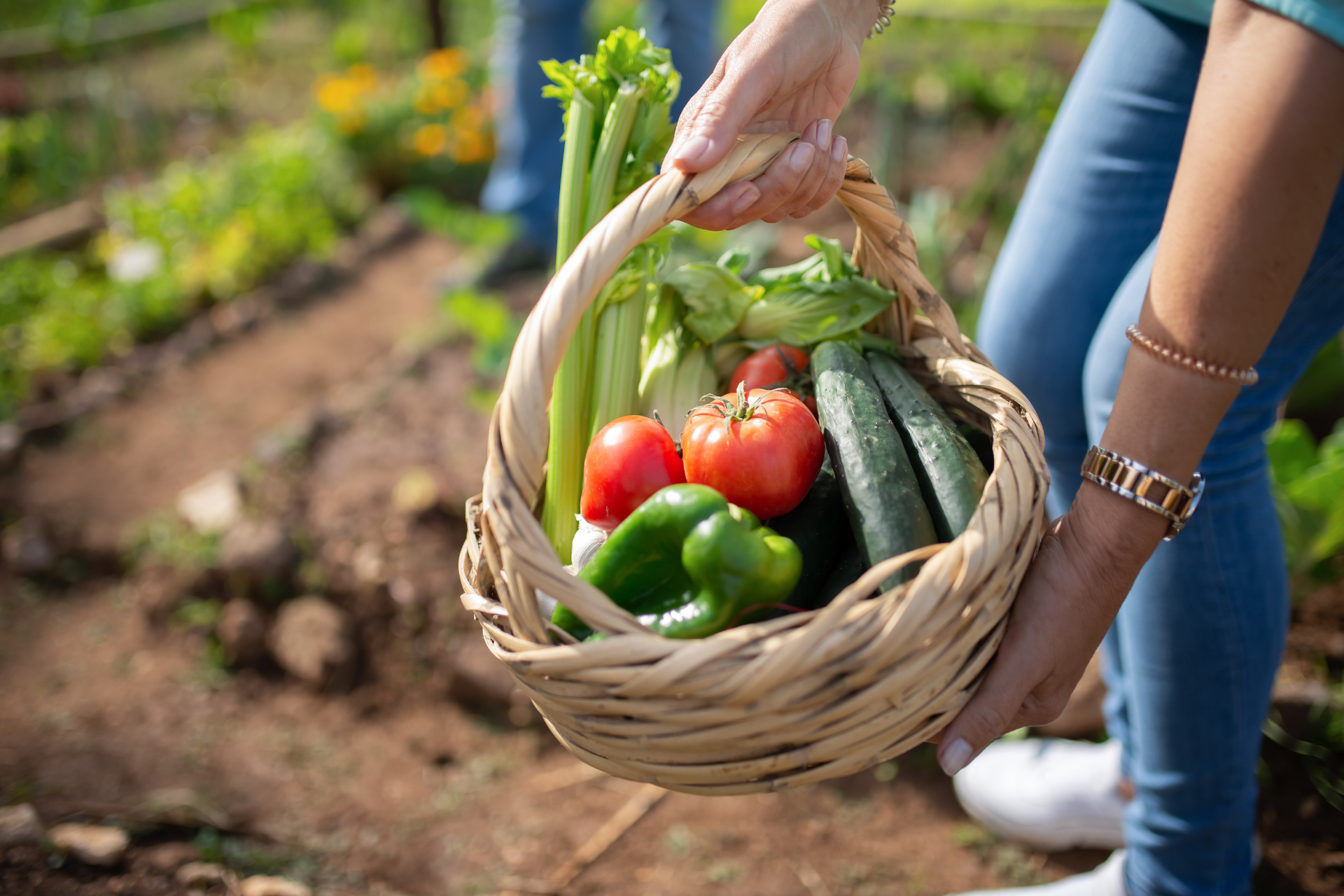
Some crops are easier than others. For beginners, try:
-
Lettuce
-
Green beans
-
Tomatoes (from transplants)
-
Zucchini
-
Peppers
-
Carrots
-
Radishes
-
Spinach
Start with what you and your family like to eat. There’s no point growing something you won’t use. These vegetables offer fast growth and minimal fuss—perfect for new gardeners.
STEP 3: When to Plant
Planting Time
Timing matters. Every plant has a season. Some like the cool weather of spring or fall (lettuce, peas, kale). Others prefer heat (tomatoes, peppers).
Know your frost dates. That’s the average last frost in spring and first frost in fall. You can find this info online by zip code.
Stagger plantings if you want a longer harvest. For example, sow lettuce every two weeks instead of all at once.
Use a planting calendar or planner. These tools help you schedule everything from seeding to harvest.
STEP 4: What to Plant
Grow what you love. That’s the simplest advice for beginners. Think about your meals. What do you cook often? What’s expensive or hard to find fresh? Herbs, tomatoes, greens, and root vegetables are common favorites.
Start with seeds or nursery plants. Seeds are cheaper but slower. Transplants (small plants from a nursery) give a head start.
Don’t forget to mix in flowers like marigolds. They repel pests and add color.
Beginner’s Garden Plan
Planning your garden on paper or using a garden planner saves you time and space.
Helpful Tool to Plan Your Garden
Online garden planners calculate spacing, schedule planting, and even remind you when to water. They’re especially helpful for raised beds or square foot gardening.
Your plan should include:
-
Sunlight per area
-
Row or bed spacing
-
Crop rotation ideas
-
Notes on what did well
Keep a gardening journal. Track what worked, what didn’t, and what you want to try next year.
Gardening for Beginners: 15 Tips for First-Timers
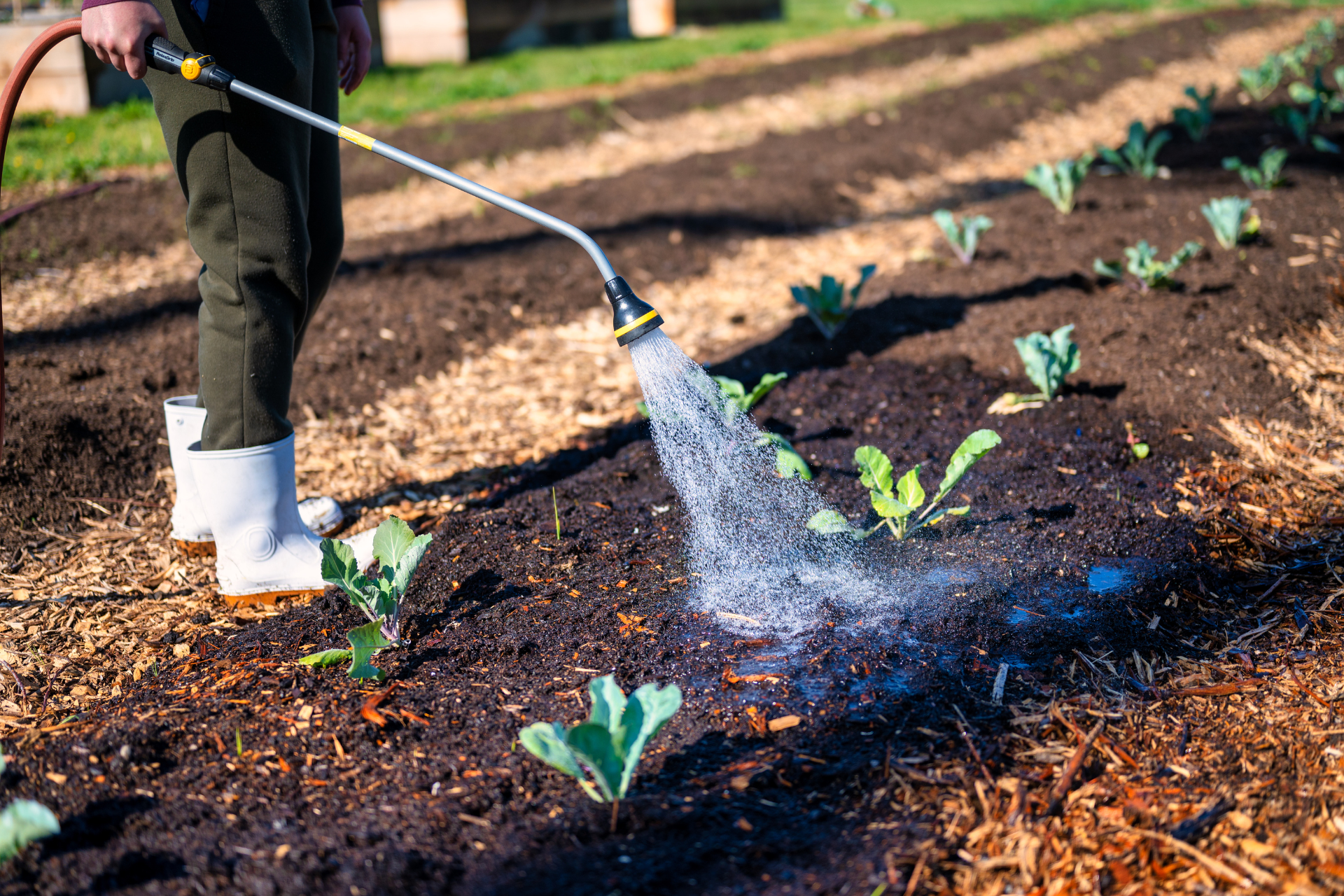
1. Watering Routine
Watering is a common stumbling block. Too much water drowns roots. Too little causes plants to wilt and die. Check the top inch of soil. If it’s dry, water. If it’s damp, wait.
Morning is the best time to water. It reduces evaporation and gives plants time to dry out before night, reducing mold risk.
Deep watering is better than frequent light watering. It encourages deep root growth. Avoid watering leaves. Target the base of the plant.
Containers need more water than garden beds. Wind and sun dry them out faster. In hot weather, you may need to water daily.
Use mulch to retain moisture. It slows evaporation and keeps roots cool.
2. Pest Control
Not all bugs are bad. Ladybugs, bees, and spiders help control pests. Learn to identify good vs. bad insects.
Inspect plants regularly. Look under leaves and at soil level. Catching issues early prevents infestations.
Use natural pest control first. Neem oil, insecticidal soap, and companion planting are effective. For example, marigolds deter aphids.
Avoid chemical pesticides unless absolutely necessary. They harm beneficial insects and can affect nearby plants.
Encourage birds and frogs by creating wildlife-friendly habitats. They help naturally control pests.
3. Use Organic Compost
Compost improves soil structure and feeds plants naturally. It also helps retain moisture.
Start a compost bin with kitchen scraps (vegetable peels, coffee grounds) and yard waste (leaves, grass clippings).
Turn your compost regularly to speed up decomposition. In a few months, you’ll have rich, dark compost.
Apply compost to beds before planting and top-dress during the growing season. It acts as a slow-release fertilizer.
Avoid composting meat, dairy, or oily food. These attract pests and slow decomposition.
4. Prune When Necessary
Pruning improves plant health. It removes dead or diseased growth and redirects energy to healthy parts.
Use sharp, clean tools. Make clean cuts at an angle just above a bud or node.
For vegetables, pruning often means pinching off suckers (especially on tomatoes) or removing yellowing leaves.
Know when to prune. Some plants need it early in the season; others during or after flowering.
Don’t overdo it. Removing too much can stress the plant. Stick to no more than one-third of the plant at a time.
5. Opt for Raised Garden Beds: Ideal for Small Spaces
Raised beds make gardening manageable, especially for beginners. They improve drainage, reduce weeds, and warm up faster in spring.
You can control soil quality better in a raised bed. Fill it with a mix of compost, peat moss, and vermiculite or quality topsoil.
They also save your back. Less bending means more comfort.
Use untreated wood, bricks, or galvanized steel. Avoid pressure-treated lumber, which may leach chemicals.
Raised beds can be built any size, but 4 feet wide is standard, so you can reach from both sides without stepping in.
6. Practice Mulching
Mulching helps regulate soil temperature, conserve moisture, and suppress weeds. It also improves the look of your garden and enriches the soil as it breaks down.
Use organic mulches like shredded bark, straw, or compost. These feed the soil as they decompose. Spread mulch around plants, but leave space around stems to avoid rot.
Mulch also helps in extreme temperatures. It keeps soil cool during hot spells and insulates roots during cold snaps.
A good layer is about 2-3 inches thick. Too little doesn’t help; too much can suffocate roots.
Replenish mulch periodically as it breaks down or gets displaced by weather.
7. Opt for Vertical Gardening to Maximize Space
Limited on space? Vertical gardening is a game-changer. Use walls, trellises, or stacked planters to grow up instead of out.
It works well for crops like cucumbers, beans, peas, strawberries, and even herbs. Flowers like petunias or nasturtiums also thrive in vertical setups.
Vertical gardening improves air circulation and sunlight exposure, reducing disease risks.
Use sturdy supports, especially for heavy fruiting plants. Secure your setup to prevent collapse.
This method is perfect for patios, balconies, and small yards. It turns a small area into a productive green wall.
8. Know Your Soil’s pH Level
Soil pH affects how well your plants absorb nutrients. Most vegetables prefer a pH between 6.0 and 7.0.
Get a simple soil pH testing kit from a garden center. It’s cheap and easy to use.
If your soil is too acidic, add lime. If it’s too alkaline, add sulfur. Make changes slowly and retest.
Don’t skip this step. Even fertile soil won’t support plant growth if the pH is off.
Keep records of your soil tests and how changes affect plant health.
9. Practice Crop Rotation
Crop rotation keeps soil healthy and reduces pests and diseases. It also balances soil nutrients.
Don’t plant the same family of crops in the same place each year. For example, if you planted tomatoes this year, switch to beans or greens next year.
Rotation prevents nutrient depletion. Some plants are heavy feeders (like corn), others are light feeders (like carrots).
Keep a simple map of your garden to track what you plant where. It helps you plan rotations over time.
Crop rotation is one of the best ways to start a vegetable garden sustainably.
10. Choose the Right Tools
Beginners don’t need fancy gear. A few essential tools make gardening easier and more effective.
Start with a hand trowel, pruners, gloves, a watering can, and a weeding tool. Add more as your garden grows.
Choose tools that are durable and comfortable. Stainless steel tools last longer and resist rust.
Keep tools clean and dry. Store them in a shed or covered area to prevent wear.
Investing in good tools pays off over time and makes the experience smoother.
11. Grow What You Eat
This may sound obvious, but it’s often overlooked. Grow vegetables and herbs you love and use often.
It makes gardening more rewarding and reduces waste. Think about the dishes you cook frequently.
Fresh herbs like basil, parsley, and cilantro are easy and boost flavor. Tomatoes, lettuce, and peppers are versatile staples.
Plan your garden around meals. That way, your effort translates directly to your table.
It also helps you stay motivated throughout the growing season.
12. Label Everything
When you’re starting out, it’s easy to forget what you planted where. Label each row or container clearly.
Use waterproof markers or printed labels. Rain and sun fade ink quickly.
Include the date planted and expected harvest time. It helps with tracking progress.
Labels also help you plan better in future seasons. You’ll learn which varieties performed best.
It may seem minor, but proper labeling is one of the top garden tips for beginners.
13. Keep a Garden Journal
A garden journal is invaluable. Track planting dates, weather, pest issues, and harvest results.
Note what worked, what didn’t, and why. These notes will shape your next garden season.
Include photos to track growth over time. Visuals help you identify patterns.
Use paper, digital apps, or spreadsheets—whatever works best for you.
Reflection and recordkeeping improve your skills faster than any book.
14. Encourage Pollinators
Pollinators like bees and butterflies help plants produce fruit. Without them, many crops won’t thrive.
Grow nectar-rich flowers like lavender, coneflowers, and sunflowers to attract pollinators.
Avoid chemical pesticides, which harm beneficial insects. Go organic where possible.
Provide shallow dishes of water and shelter like small logs or bee houses.
A pollinator-friendly garden is healthier and more productive.
15. Enjoy the Process
Don’t stress about perfection. Gardening is a journey, not a checklist.
Celebrate small wins: your first sprout, a full harvest basket, or a pest-free week.
Spend time in your garden even when there’s no work to do. It builds connection and mindfulness.
Gardening for beginners is as much about the experience as the result.
Every mistake is a lesson. Every success is a reward.
10 Mistakes to Avoid When Starting a Vegetable Garden
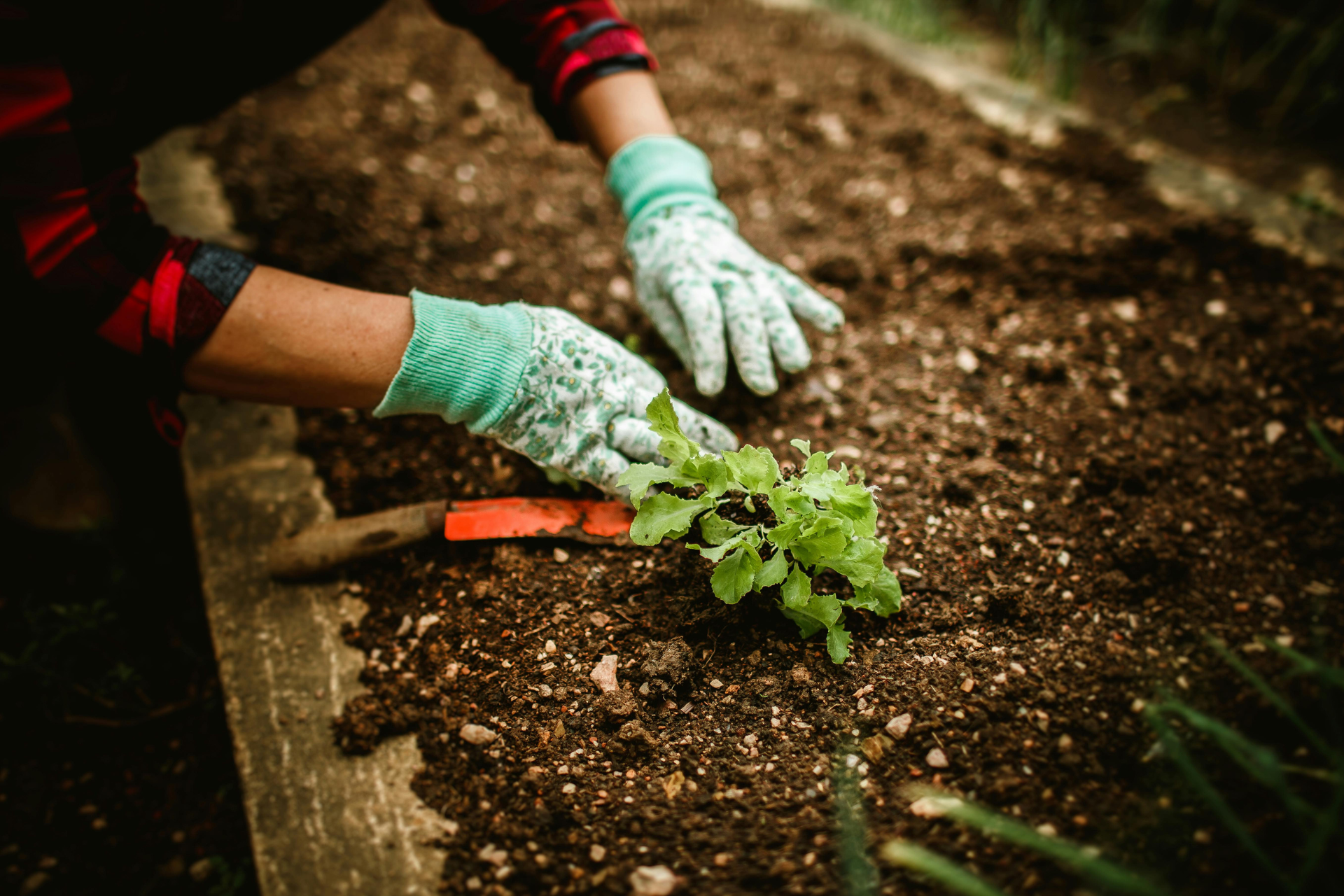
1. Overwatering
Too much water can drown roots and cause rot. New gardeners often overcompensate, thinking more is better. Always check the soil first before watering.
2. Planting Too Much
It’s tempting to grow everything, but large gardens demand more time, water, and weeding. Start with a few crops and expand gradually.
3. Poor Sunlight Planning
Planting in shaded areas where vegetables need full sun is a common error. Track your sunlight before planting.
4. Ignoring Soil Health
Healthy soil is the foundation of a thriving garden. Test and amend it early, and don’t skip adding compost or organic matter.
5. Wrong Plant for the Season
Every plant has its ideal growing season. Planting heat-loving crops too early, or cool-weather crops too late, will stunt their growth.
6. Skipping Labels
Not labeling your crops causes confusion later, especially with similar seedlings. Label every row or pot.
7. Forgetting to Thin Seedlings
Too many seedlings too close together compete for nutrients. Thin them out to allow each plant room to grow.
8. Using Low-Quality Seeds
Cheap or old seeds may not germinate. Invest in reputable brands for better success.
9. Ignoring Pests
Early signs of pest damage often go unnoticed. Regular checks can save your crops from destruction.
10. Expecting Perfection
Gardening has a learning curve. Mistakes are normal. Don’t be discouraged by failures—they’re just part of the process.
Companion Planting Tips for Gardening for Beginners
Companion planting is the art of grouping plants that benefit each other. It improves yield, repels pests, and even boosts flavor.
1. Tomato + Basil
Basil enhances the flavor of tomatoes and repels insects like aphids and whiteflies.
2. Carrots + Onions
Onions repel carrot flies, while carrots improve onion flavor. They grow well together without competing.
3. Corn + Beans + Squash (The Three Sisters)
A classic example of mutually supportive planting: corn provides support, beans fix nitrogen in the soil, and squash shades the ground.
4. Cabbage + Dill
Dill attracts beneficial insects that eat cabbage pests, while its fragrance confuses moths and beetles.
5. Lettuce + Marigolds
Marigolds deter pests and attract pollinators. Lettuce grows low and benefits from the marigold’s shade.
Avoid planting some crops together. For instance, onions and beans compete and should be kept separate. Research combinations as part of your garden planning.
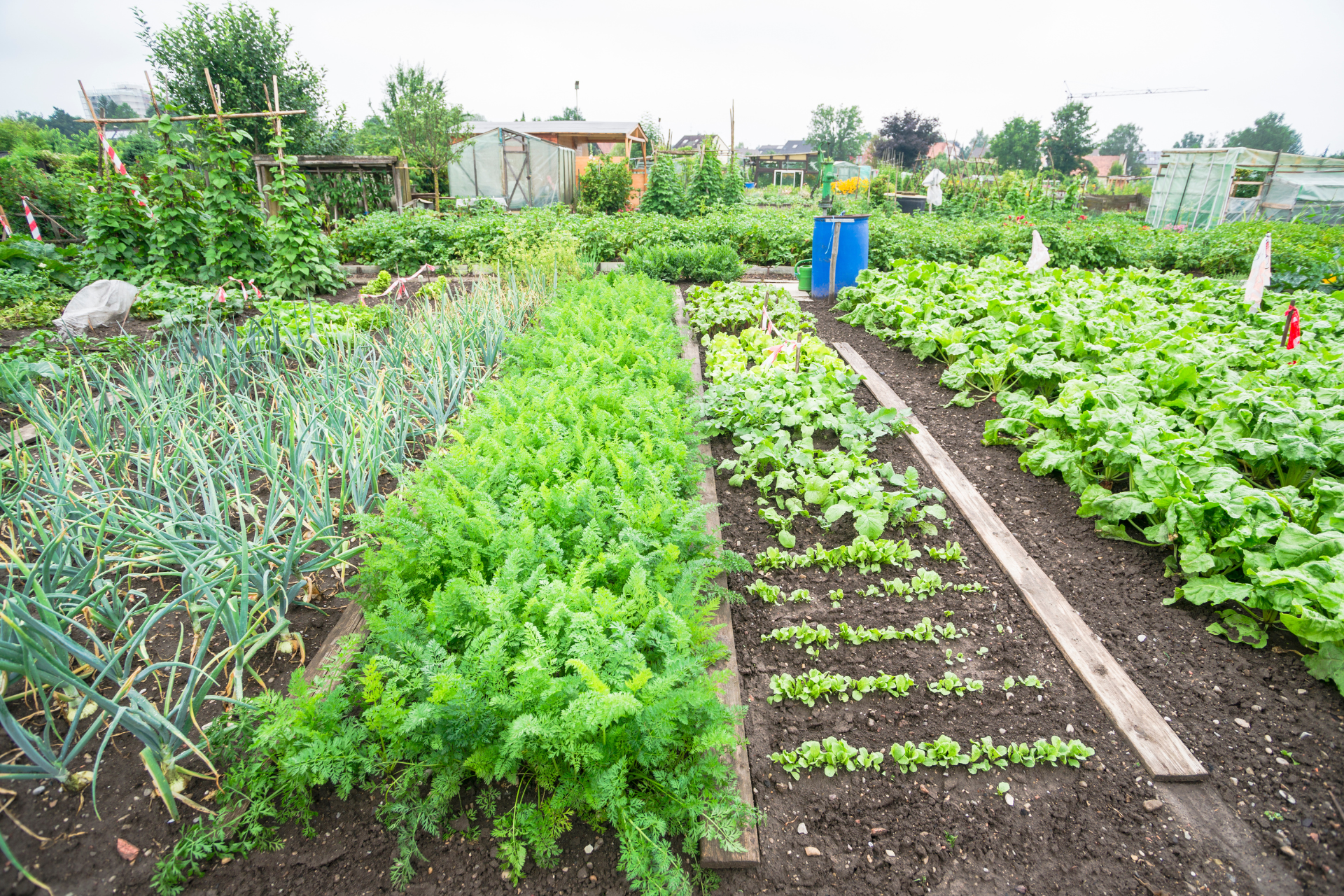
Conclusion for Gardening for Beginners
Starting a garden can be one of the most rewarding things you do. Whether you’re growing food, flowers, or just some fresh herbs, it all begins with simple steps and steady care.
Remember to:
-
Start small
-
Grow what you eat
-
Watch the sun and soil
-
Use mulch and compost
-
Water wisely
-
Learn from mistakes
This beginner’s guide to home gardening is your foundation. Keep it simple, consistent, and enjoyable. With these top garden tips for beginners, you’ll not only grow a garden but also confidence and calm in the process.
Now get your hands dirty and start planting. Your garden is waiting.

